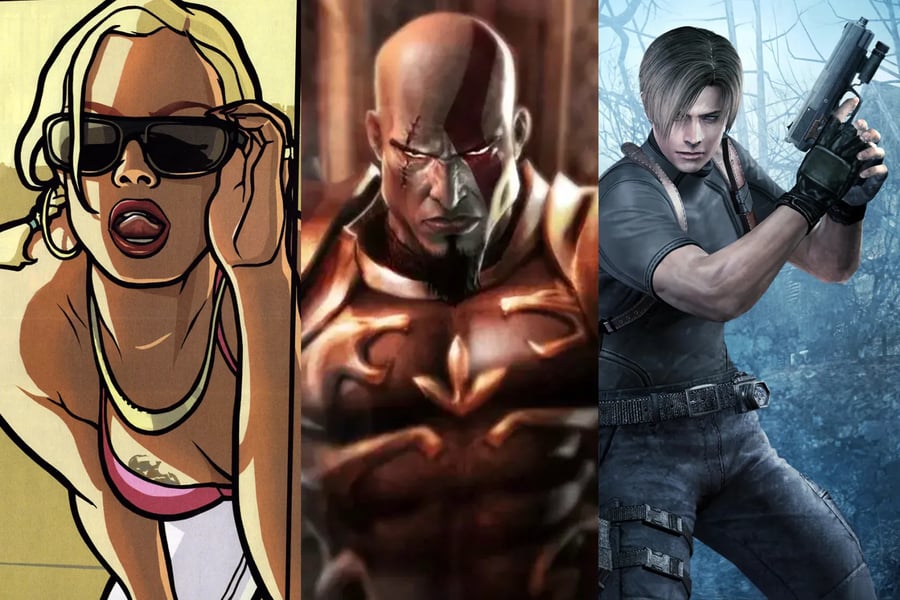The 25 Best PlayStation 2 Games of All Time
From the swan song of turn-based RPGs to the new dawn of action gaming, these are the titles that made the PS2 the biggest console ever

ROCKSTAR GAMES; SONY INTERACTIVE ENTERTAINMENT; CAPCOM
If you’re a gamer of a younger generation, it might be hard to truly fathom how big a deal the PlayStation 2 really was. Arriving six years after its predecessor shook the foundation of the industry, single-handedly stealing the limelight from household names like Nintendo and Sega, the hype around Sony’s second console was palpable well before it hit North American stores in October 2000.
Arriving with a killer lineup of launch titles that included Armored Core 2, Madden, Ridge Racer V, SSX, Tekken Tag Tournament, and TimeSplitters, the PS2 didn’t just capitalize on the well-established library of Sony IP (although it did have backwards compatibility, unlike the competition) — it basically became the default platform for all things gaming for titles not explicitly created for other devices.
It was also wisely designed to utilize DVDs — literally becoming the cheapest disc player on the market — meaning that everyone, non-gamers included, were picking up the machine in droves. It remains the highest-selling console ever, with over 160 million units purchased, a number that even cultural phenomena like the Wii or Nintendo DS couldn’t topple.
And while it mechanically didn’t do anything particularly different from its peers (both the GameCube and newcomer Xbox were technically more powerful), the legacy of the PlayStation 2 was defined by an unbeatable roster of games. While the first PlayStation famously soared by slipping out exclusive deals with former Nintendo partners like Squaresoft (Final Fantasy) and Konami (Metal Gear Solid), PS2 was where Sony’s first- and second-party pedigree was forged.
Studios like Naughty Dog (The Last of Us), Sucker Punch (Ghost of Yōtei), and Insomniac (Marvel’s Spider-Man 2) all introduced their own multi-part blockbuster franchises aimed at becoming the face of the brand with Jak and Daxter, Sly Cooper, and Ratchet & Clank, respectively. Established third-party franchises like Tekken, Final Fantasy, and Metal Gear Solid became synonymous with PlayStation, even when they weren’t technically exclusive.
That kind of reputation makes it tough to pin down a list of definitive PS2 titles. It was the “everything” platform — a place where you’d find just about any kind of game under the sun. But amid thousands of releases, there were some clear standouts. These are games that, whether designed by or for Sony’s juggernaut, remain inextricably linked to the PlayStation 2 in the rosy memories of most players. They’re titles whose individual legacies all contribute to part of a larger whole: a video game dynasty that’s still going strong to this day.
Love Music?
Get your daily dose of everything happening in Australian/New Zealand music and globally.



























































